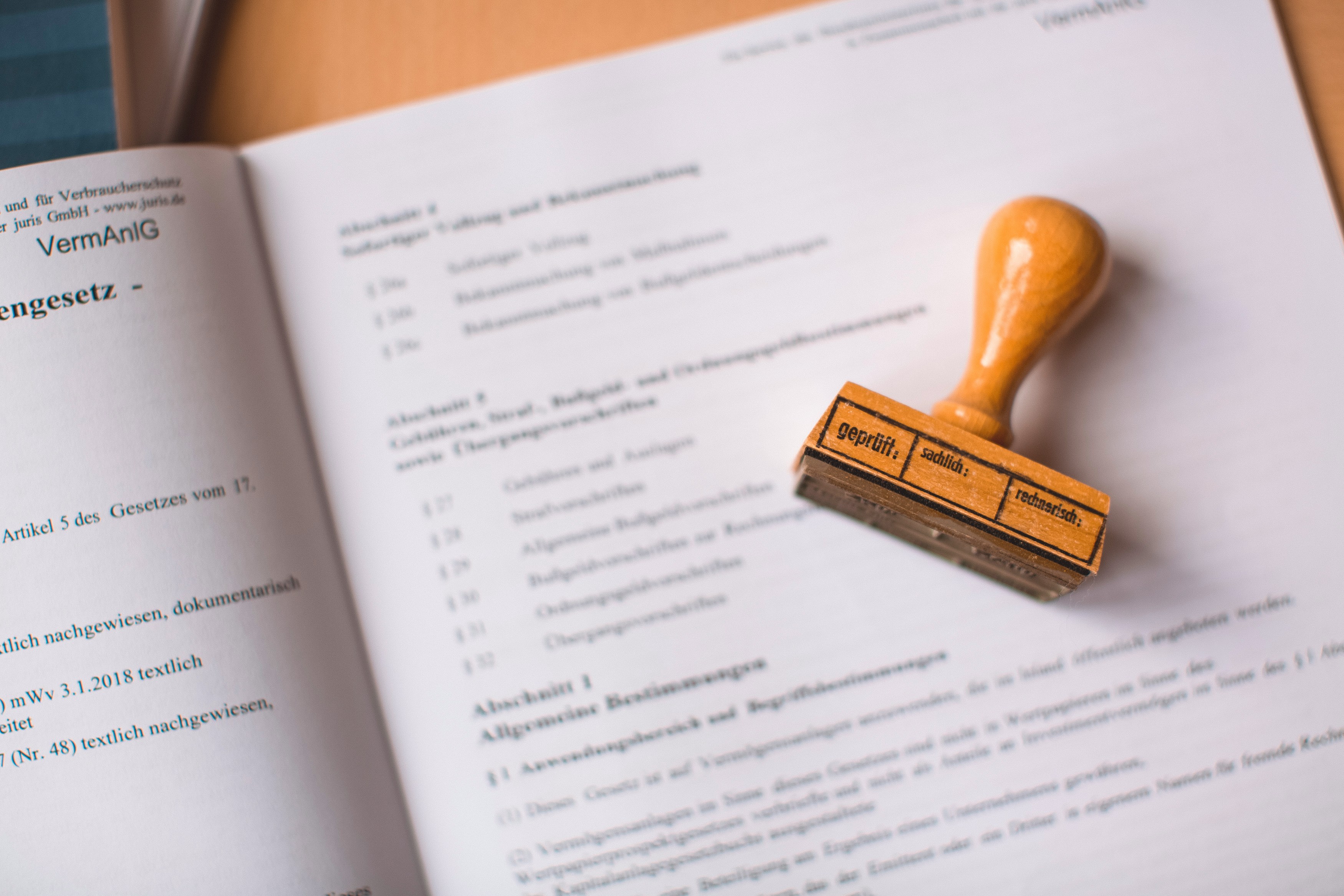Go Back
Last Updated :
Nov 7, 2025
Imagine you’re working on a project that could change everything for your budding business. You’re not sure how much it will cost, but you know you can’t afford to halt operations to find out. Fortunately, you don’t have to. Thanks to Research and Development Allowances, you can stop worrying about the costs involved in your project and focus on what matters: getting it done.
This article will help you get started by covering the basics of these tax incentives, including who qualifies, how to claim them, and what the process looks like.
Haven’s accounting services for small businesses can help you make sense of Research and Development Allowances to get your operations back on track.
Table of Contents
What Are Research and Development Allowances (RDAs)?

Research and Development Allowances (RDAs) are a valuable but often overlooked form of tax relief available to businesses in the United Kingdom. While commonly confused with R&D tax credits, RDAs operate under a different set of rules and apply to a different type of expenditure.
Capital assets that qualify under Research and Development Allowances but fall outside the scope of AIA
RDAs offer 100% first-year tax relief on capital expenditure related to qualifying R&D activities. This means that businesses can deduct the full cost of eligible fixed asset investments from their taxable profits in the year the expenditure is incurred, provided it is claimed within an open tax year. These allowances are beneficial for items that don’t typically qualify for capital allowances under the Annual Investment Allowance (AIA), such as:
Research labs
Test rigs
Specialist R&D equipment
Who Can Claim Research and Development Allowances?
Unlike R&D tax credits, which are only available to limited companies, RDAs can be claimed by a broader range of entities, including:
Trading companies
Individuals
Partnerships
This makes RDAs particularly appealing for businesses with non-corporate structures that continue to invest significantly in R&D.
Differences Between R&D Tax Credits and Research and Development Allowances
The key difference lies in what type of expenditure is covered. R&D tax credits apply to revenue expenditure costs, like:
Wages
Materials
Software licences
Utilities
RDAs, on the other hand, apply to capital expenditure, the purchase or development of tangible assets used in R&D. Using both in tandem can significantly reduce a company’s overall tax burden. For example, you might claim R&D tax credits for your R&D staff salaries and RDAs for the lab they work in.
The Upper Limit of RDAs
One of the most compelling aspects of RDAs is that there’s no upper limit on how much can be claimed. This is particularly advantageous for capital-intensive industries, such as manufacturing, engineering, or biotech, where R&D infrastructure costs can be substantial.
Recent Changes to Research and Development Allowances
HMRC introduced several updates from 1 April 2024, aimed at enhancing oversight and streamlining the claims process.
These include:
1. Pre-Claim Notification
You now need to notify HMRC in advance if you intend to make a claim. This ensures that claims are submitted intentionally and with forethought.
2. Mandatory Digital Submission
All RDA claims must be filed digitally. This enhances transparency and allows businesses to track the progress of their claims in real-time, but it also requires familiarity with the digital system.
3. More Detailed Reporting
HMRC has tightened its reporting requirements, meaning companies must now provide more comprehensive documentation and evidence to support their claim. This includes:
Detailed descriptions of qualifying activities
Breakdown of associated capital costs
Proof of usage for R&D purposes
To comply, businesses should adopt rigorous record-keeping practices. This will not only support RDA claims but also improve audit readiness and accuracy in other tax areas.
Maximizing R&D Tax Relief Through Strategic Use Of RDAs And Tax Credits
RDAs can significantly enhance the tax efficiency of your R&D investment, especially for businesses investing in long-term infrastructure or fixed assets. By combining RDAs with R&D tax credits, companies can capture relief on both capital and revenue spending. With HMRC’s 2024 updates, it’s more important than ever to plan early, maintain excellent records, and seek professional advice where needed.
Related Reading
Who Qualifies for RDAs?

R&D allowances aren’t for everyone. Only companies liable to pay corporation tax can claim RDAs. This includes small and medium-sized enterprises, as well as large companies, provided their R&D activities aim to advance scientific or technological understanding. It’s worth noting that sole traders do not meet R&D tax relief requirements.
Who Can Claim R&D Allowances?
Only businesses subject to corporation tax can claim RDAs. This includes small and medium-sized enterprises, as well as large companies, provided their R&D activities aim to advance scientific or technological understanding. It’s worth noting that sole traders do not meet R&D tax relief requirements.
What R&D Projects and Activities Qualify for Allowances?
A qualifying R&D project is a project that aims to improve a company’s industry through scientific or technological research and development. This means that any business looking to qualify for R&D allowances successfully must align its project with its trade. As HMRC defines science in a precise way, R&D allowance claims do not include research and development made to:
Social Science
Arts and Humanities
Economics
Pure Mathematics
What Doesn’t Qualify: Copying, Adapting, And The Limits Of R&D Allowances
Considering that the R&D allowance scheme is designed to support innovative industries, it implies that qualifying projects aim to develop and create new products, services, or software. Any company using research and development to adapt or copy existing products, services, or software will not qualify for R&D allowances.
All-In-One Financial Operations For Startups, From Tax Credits To Cfo Support
Let your business take flight while Haven manages your financial runway. Built by founders for founders, we handle everything from daily bookkeeping to complex tax filings and R&D credits that put cash back in your pocket, as well as fractional CFO services. Join 400+ startups who've saved millions in tax credits, countless hours of administrative work, and never missed a filing deadline - all while accessing 24/7 Slack support from CPAs who understand the unique challenges of growing businesses. Book a call today to learn how our dedicated team can help you focus on building rather than bookkeeping.
What Capital Expenditures Qualify for RDAs?

Research and Development Allowances reward companies for investing in innovation and research. The process of developing new products and services, or improving existing offerings, often involves several costs. But not all expenses associated with R&D qualify for these tax breaks. In this post, we’ll break down the specific costs that are eligible for RDAs.
What Is R&D Expenditure?
Before we dive into what qualifies for R&D tax relief, it’s essential to understand what R&D expenditure is. R&D tax relief is designed to encourage innovation within the UK by reducing the tax burden on companies that engage in research and development. HMRC administers the scheme and offers tax breaks on R&D costs. These tax breaks can either reduce a company’s tax bill or be paid out in cash to loss-making businesses. R&D tax reliefs can be claimed by any eligible company, regardless of its size or sector. The larger the company, the more complex the process can be. Hence, it’s essential to get specialist advice to ensure accurate claims.
What Capital Expenditures Qualify for RDAs?
According to the HMRC Capital Allowances Manual, qualifying expenditure is capital expenditure that a trader incurs on R&D directly undertaken by the trader or on the trader’s behalf provided that: the R&D is related to a trade that the trader carries on; or the trader sets up and commences a trade connected with the research and development.
What Counts As Qualifying Expenditure Under Research And Development Allowances
Expenditure qualifies for RDAs if it is used to carry out R&D, or if it provides facilities for carrying out R&D. This includes:
Plant Machinery Research equipment
Research and development facilities
Internal IT systems
Purchase, construction, or extension of property (except the purchase of land)
Company cars that are used for R&D purposes
Expenditure on rights and land (even if necessary to build qualifying property) does not qualify.
How to Maximize Your RDA Claim

Keep Detailed Records Connecting Capital Expenditures to R&D Activity
To maximize your Research and Development Allowance claim, the first and most critical step is maintaining detailed, accurate records of all capital expenditure. It’s not enough to record purchases; you must also show a clear and direct connection between those purchases and qualifying R&D activities. Whether it’s lab equipment, prototypes, or testing facilities, the documentation should establish how each asset supports research objectives as defined by HMRC. This will not only strengthen your claim but also protect it in the event of an inquiry.
Consult R&D Tax Specialists
Given the complexity and evolving nature of R&D tax legislation, it’s advisable to work with tax professionals who specialize in this area. These experts can help you uncover eligible capital costs you may not have considered and ensure you remain compliant with HMRC’s latest requirements. They can also assist in preparing the detailed technical narratives and cost breakdowns now required following the 2024 changes to R&D legislation.
Coordinate RDAs with Other Tax Reliefs
To maximize the benefit of your R&D claim, it’s essential to coordinate it with other forms of R&D relief, particularly R&D tax credits and capital allowances. While RDAs cover capital expenditure, R&D tax credits apply to operational costs such as staffing, subcontractors, and consumables. You cannot claim both reliefs on the same spending, but you can use them alongside each other, provided they apply to distinct cost categories.
Using RDAs and R&D Tax Credits Together: A Practical Example
For instance, if a company builds a pilot production facility and hires engineers to conduct trials, the facility costs may qualify for RDAs. In contrast, the engineers’ salaries may be eligible for research and development (R&D) tax credits. A well-structured approach ensures you capture the full tax advantage without breaching compliance rules.
Understand the Distinctions and Overlaps
RDAs and R&D tax credits are both rooted in HMRC’s core definition of R&D: projects that seek to achieve an advance in science or technology and face a degree of technical uncertainty. If your project meets this threshold, you can likely benefit from both schemes. Only those who have made qualifying capital investments are eligible for RDAs. Understanding these boundaries ensures you don’t miss opportunities or accidentally double-claim the same expenditure.
Time Your Claims Strategically
Timing is crucial. RDAs follow a similar claims timeline to R&D tax credits, making it efficient to submit both claims simultaneously. Doing so reduces administrative overhead, improves claim consistency, and can streamline communication with HMRC. When both reliefs are aligned, the financial impact can be substantial, helping you:
Free up capital
Improve cash flow
Reinvest in future innovation
Related Reading
Book a Call to Learn More About our Accounting Services (Trusted by 400+ Startups)
Haven helps startups and other growing businesses save money while alleviating the administrative burden that comes with tax credits. This financial platform handles everything from daily bookkeeping to complex tax filings and R&D credits that put cash back in your pocket. Startups using Haven save millions in tax credits, countless hours of administrative work, and never miss a filing deadline. They access ongoing support from CPAs who understand the unique challenges of growing businesses. Book a call today and discover how our dedicated team can help you focus on building rather than bookkeeping.
